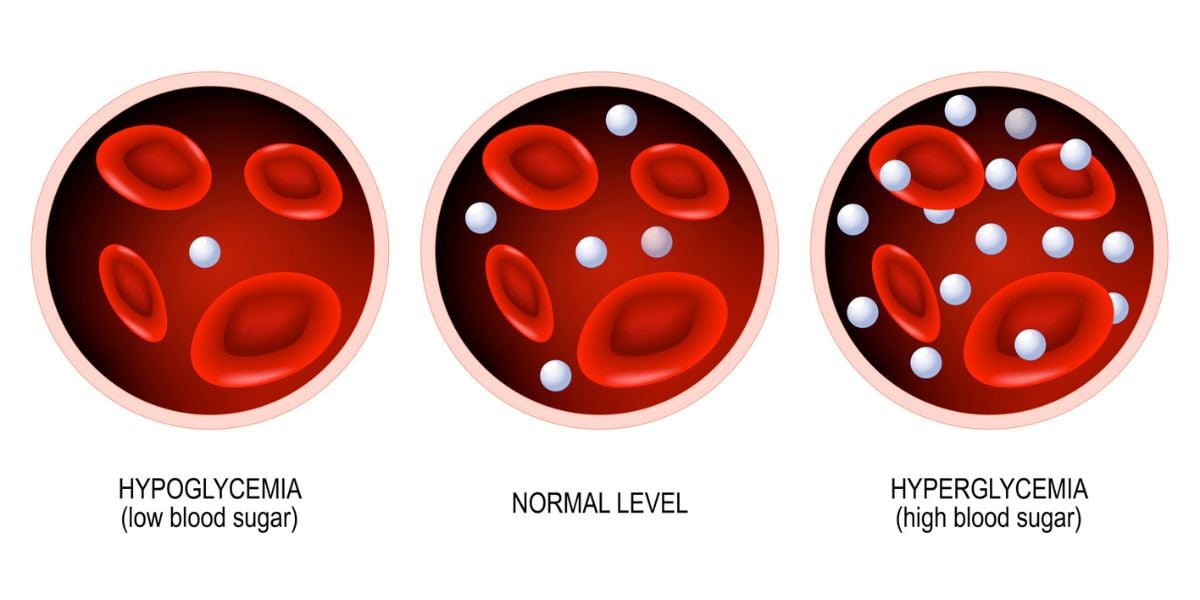The paleolithic (or paleo) diet is based on the food that is believed to be similar to the daily diet of cave people.
The theory is that the food cavemen and cavewomen survived on is good for health because it was what the human body was meant to eat.
Paleolithic diets are thought to be especially useful for people with diabetes, with possible benefits including weight loss, increased insulin sensitivity and improved heart health
You should speak to your doctor or dietitian if are you considering going paleo to evaluate whether the diet would be suitable for you.
What is a Paleo diet?
A well-formulated paleo diet typically resembles a low-carb diet The focus is on eating fresh foods and removing processed foods including dairy, starches and refined sugar.
A paleo diet will usually be:
- Lower in carbohydrate
- Higher in protein
- Moderate or higher in fat
Paleo diets are categorised into two groups of food: in and out. Pre-agricultural/animal foods such as red meat and fish are i, but Neolithic era foods such as grains and dairy are not. This cuts out a lot of the bad aspects of a Western diet.
Alcohol, dairy and coffee are generally rejected on the diet, but some people may choose to modify their diet to allow these foods on occasion. It depends how strict you wish to be.
A good intake of non-starchy vegetables is recommended when following the diet.
Read more about foods to eat on a paleo diet
Why would someone eat a Paleo diet?
Many people who eat paleolithic diets are looking to return to their roots and eat more healthily
Advocates argue that humans were able to live and thrive on the diet for 40,000 years and that modern lifestyle diseases could be prevented by returning to paleo foods.
People with diabetes can attain several benefits from the paleo diet, improving their health and reducing the risk of developing health complications in later life.
How does a paleo diet work?
How does a paleo diet work? Because most foods and ingredients on the diet are low in carbohydrate, the need for insulin is reduced within the body. This can help to prevent insulin resistance and reduce the risk of developing health problems such as high blood glucose levels and heart disease.
There are no fixed macronutrient ratios on a paleo diet, but paleo diet sources tend to agree that macros should be are around 20% carbs, 30% protein and 50% fat.
There is less need for strict portion control with paleo foods than there is for low-fat diets. However, be mindful not to over-indulge on foods such as fruit, nuts or excessive meat.
Benefits of a paleo diet
Weight loss is the most discernible early benefit of the paleo diet, which derives from eating low-carb, cutting out processed food and eating lots of vegetables.
Reduced body fat and increased muscle mass are other possible benefits of the diet as it is low-carb and relatively high protein.
Additional benefits include greater energy levels, improved heart health and less inflammation.
Read more about the benefits of a paleo diet.
Paleo diet side effects
Because you have to exclude certain food groups on the paleo diet your body can take time to adapt. Some side effects can occur as a result, but these are not the same for everyone; some can experience no side effects at all.
Low-carb flu is a common side effect, which results due to lower carb intake. Initially some people can also experience fatigue and a lack of energy. This tends to disappear within a few days.
Read more about the side effects of a paleo diet.





